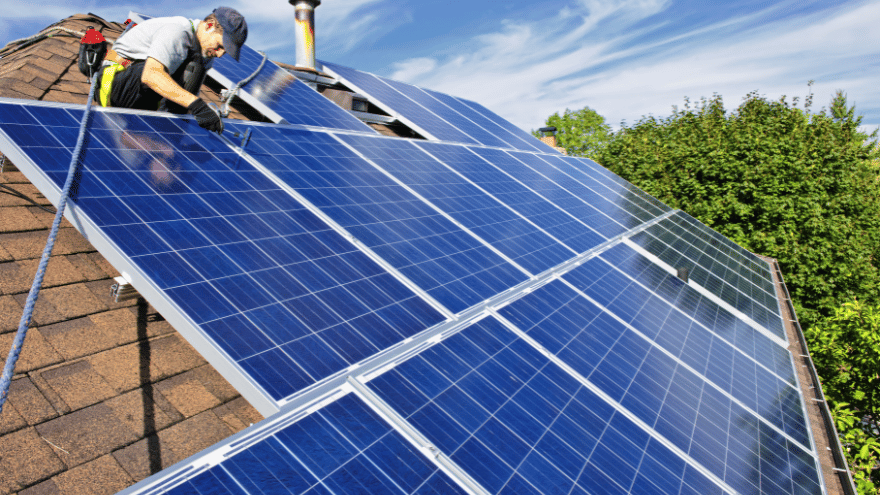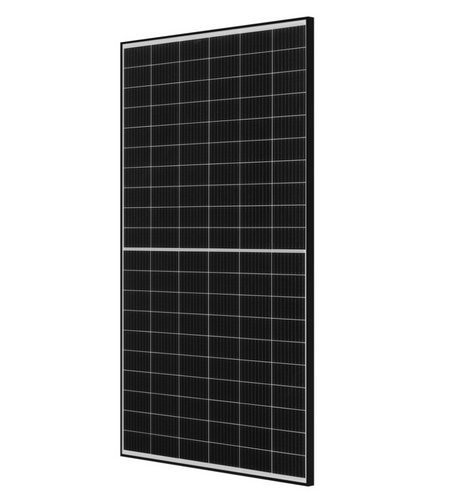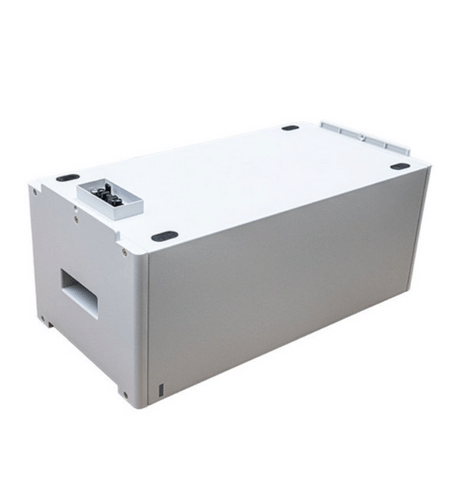Changes in the method of accounting for surplus energy produced by home photovoltaic installations fed back into the grid mean that the calculation of the profitability of photovoltaics requires a slightly different approach. However, it is still a popular solution, and in the era of increasingly expensive electricity, its best days are still ahead of it. We recommend our guide to everyone who is just thinking about investing in their own mini solar power plant.

When does a photovoltaic installation require a building permit and when is a notification enough?
The change in the method of accounting for surplus energy produced after April 1, 2022 has resulted in an increase in the number of inquiries about the profitability of photovoltaic installations. Contrary to the most pessimistic voices, the market has not been "killed" - your own energy is still profitable, and investing in it is not an ordeal. We tell you what to pay attention to to make the entire procedure as simple as possible.
Installation of a photovoltaic installation with a capacity of up to 50 kWp (and for home needs it is almost impossible to need a larger one) in the vast majority of cases does not require obtaining a building permit or even submitting a notification. And this applies to systems installed on buildings (usually on roofs) as well as to those installed on the ground. The purpose of the energy produced is also irrelevant - whether it will be used commercially or for the current needs of a given facility, you do not need to explain your intention to install it to anyone. Rejoice, soul, there is no hell? Almost.
Required permits and current legal status
There are a few exceptions to this rule (otherwise, what kind of rule would it be?). Notification will be necessary if the height of photovoltaic devices together with the mounting structure (installation on the roof) exceeds 3 m, counted from the level of the roof itself. In practice this rarely happens, but you need to be aware of this limitation. What else is worth remembering?
Installing photovoltaic panels in a historic area or building also requires obtaining appropriate official consents. If photovoltaics is to be located in an area entered in the register of monuments, it is necessary to report the investment to the appropriate provincial conservator of monuments. For example, if you want to install solar panels in the castle courtyard, you must inform the local official. This is, of course, a bit of a joke, but that's more or less the point.
Photovoltaics with a power of up to 50 kWp 
A permit is also required when the installation of photovoltaics involves the reconstruction or expansion of the building (or other facility) on which it is to be installed. However, this only applies to situations in which modification of the facility would require obtaining a permit regardless of the PV installation. The same applies to a significant change in the use of the building and/or land development after the installation of a photovoltaic installation - then you must also apply for official consent. The situation is similar in the case of interference with the natural environment or a Natura 2000 area - without permission.
Check out the offer of assembly structures at the Onninen wholesaler
Photovoltaic installations with a capacity above 50 kWp
The situation is somewhat simpler in the case of photovoltaic systems with a capacity above 50 kWp - each installation of this type requires obtaining a building permit, regardless of the purpose of the energy produced, the place of installation (roof or ground), the nature of the facility, etc. However, it must be remembered that 50 kWp and more is really a lot. The power of the planned installation is calculated by dividing the annual energy consumption in kWh of a given receiving point by 1,000. Therefore, to require a system with a power of 50 kWp or higher, the forecast annual energy consumption from the photovoltaic installation should be at least PLN 50,000. kWh. Let us remind you that the limit for 2023, above which the frozen prices from 2022 will no longer apply, is 2,000 kWh. This is relatively little, but for people living in blocks of flats heated from the municipal network, this amount of energy is often enough. Of course, residents of blocks of flats do not actually use photovoltaics (unless they are mounted on the roof of the building and power the common area), it is only about an order of magnitude. Large photovoltaic systems (above 50 kWp) should therefore be considered solutions for companies or commercial solar farms.
You should also remember about other legal obligations related to the installation of photovoltaics, because it usually does not end with obtaining permits. The most important thing is compliance with the local development plan and fire safety regulations.
Compliance with the local development plan is always necessary, regardless of the size and power of the photovoltaic installation and the method and place of installation . Access to documents specifying investment conditions in a given area can be obtained at the local city or commune office.
If a given area does not have an established spatial development plan, it may be necessary to obtain a decision on development conditions. Typically, such a need arises when the investment significantly modifies the way the land is developed or used, but the regulations governing these issues are not clear, so in case of doubts, it is best to consult the local office.
It is also worth noting that an important factor enabling the implementation of a ground installation is the soil classification itself. According to current regulations, large-scale photovoltaic installations can only be located on land of class IV or lower and on agricultural wasteland.
As for fire protection, in the case of photovoltaics with a power exceeding 6.5 kWp, an installation design must be prepared and agreed with a fire protection expert.
As is usually the case, peace of mind (in this case resulting from energy independence) must be purchased, and we do not mean "hardware", i.e. components of the photovoltaic installation. However, you can easily find these in the Onninen wholesaler - below we present some of the most recommended ones, but at the same time we invite you to familiarize yourself with our full offer.
Solar panels and mounting systems – product overview
HVS battery module by BYD
- the BYD HVS battery module is perfect for both emergency mode and off-grid installations;

- very high efficiency (96%) thanks to high voltage serial connection;
- patented battery module connection system does not require wiring;
- Cobalt-free lithium iron phosphate (LFP) battery: maximum safety, cycle life and power;
- compatible with single-phase and three-phase high-voltage inverters;
- two separate modules, Plug&Play assembly;
- the highest safety standards, such as VDE 2510-50;
Check out this product now at the Onninen wholesaler
Solplanet ASW10kH-T1 hybrid inverter
- Solplanet ASW10kH-T1 hybrid inverter , 3-phase, 10 kW, 2 MPPT;
- DC disconnector, WLAN and RS485 communication;
- compatibility with high-voltage lead-acid and lithium-ion batteries;
Check out this product now at the Onninen wholesaler
Solplanet ASW10K-LT-G2 three-phase inverter
- Solplanet ASW10K-LT-G2 inverter , three-phase;
- starting voltage of the module chain from 150 V DC;
- possibility of oversizing up to 150%;
- Polish application for Android and iOS;
- stylish casing awarded with the Red DOT Design award;
- Wi-Fi communication (GSM and Ethernet as an option);
- 10-year door-to-door warranty;
- Polish service support line;
Check out this product now at the Onninen wholesaler
GoodWe ET hybrid inverter
- three-phase GoodWe ET hybrid inverter with a capacity of 10 kW, 3F;
- emergency power supply, UPS;
- energy meter included;
Check out this product now at the Onninen wholesaler
JA Solar JAM72S30 photovoltaic panel
- high-quality and affordable JA Solar JAM72S30 photovoltaic panel ;
- system of 144 (6x24) half cells;
- 11 Bus-Bar;
- module efficiency 21.1%;
- positive output power tolerance 0~+5%;
- temperature coefficient Isc (αIsc): +0.045 %/° C;
- temperature coefficient Voc (βVoc): -0.275 %/° C;
- temperature coefficient Pmax (γPmax): -0.350%/° C;
- connector type: MC4 (1000 V) QC 4.10-35 (1500 V);
- cable length (including connector): 1300 mm (+) / 1300 mm (-);
- dimensions: 2279 x 1134 x 35 mm;
- weight: 28.6 kg;
- max. static load (front): 5400 Pa;
- max. static load (bottom): 2400 Pa.